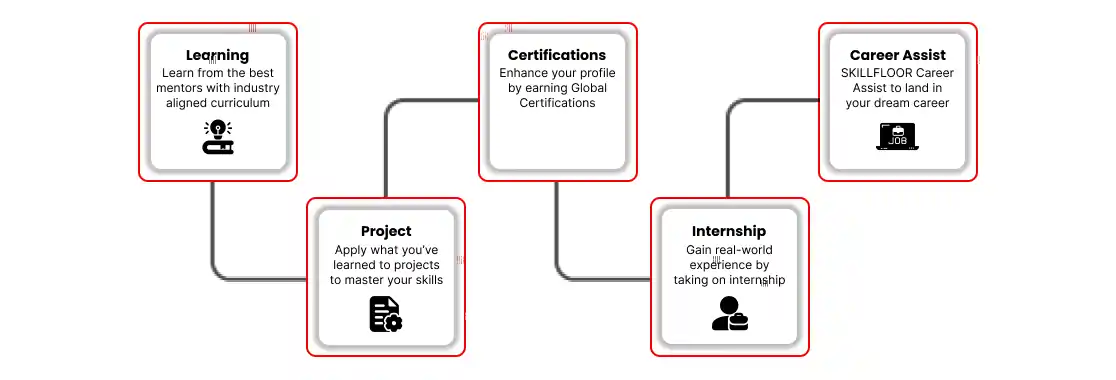Certified Data Analysis Professional
SF-DA-CDAP-1411
-

-
(374 Reviews)
- Essential Skills: Master data visualization, statistical analysis, and database management.
- Your Career: Open doors to lucrative roles in data science, business analytics, and market research.
- Internship: Gain hands-on experience through 1-Month internship case studies, and data scenarios to develop practical expertise.













